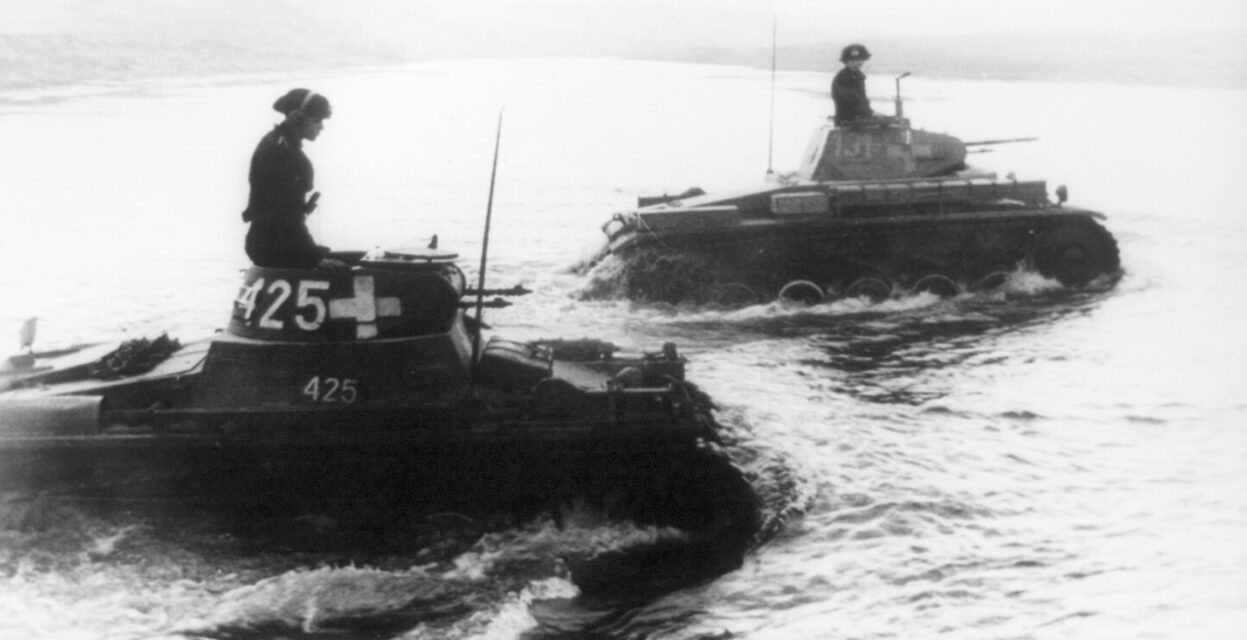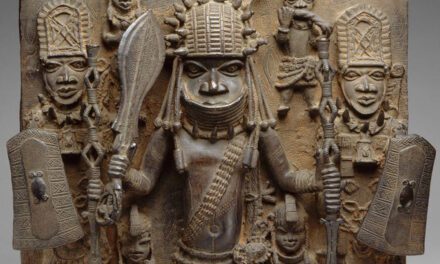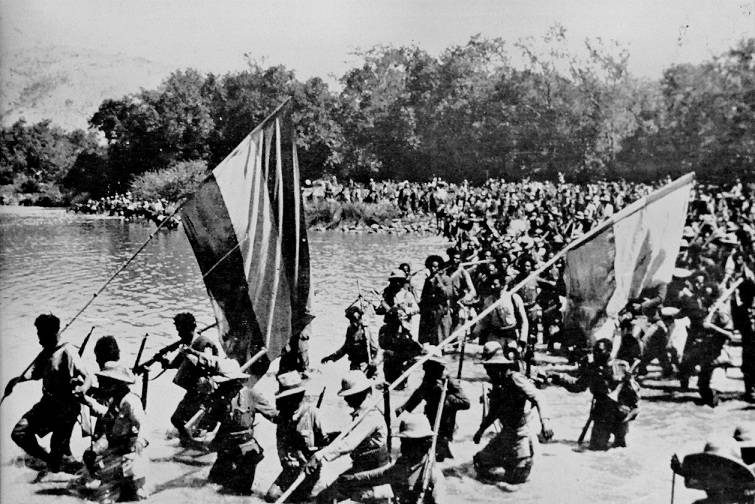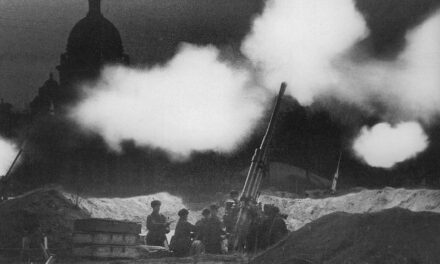History Guild General History Quiz 92
See how your history knowledge stacks up!
Want to know more about any of the questions? Once you’ve finished the quiz click here to learn more.
Have an idea for a question? Suggest it here and we’ll include it in a future quiz!
The stories behind the questions
1. Fall Gelb (Case Yellow) was the code name for what German operation of WW2?
The invasion of France and the Low Countries – The main effort of the German invasion was made against the Ardennes, the weakest part of the Allied line, where the defence was left to second-rate French divisions in the Second Army and the Ninth Army, on the assumption that the difficulty of moving masses of men and equipment would give the French plenty of time to send reinforcements if the area was attacked.
The invasion of Britain – Unternehmen Seelöwe (Operation Sealion)
The invasion of Russia – Unternehmen Barbarossa (Operation Barbarossa)
The invasion of Poland – Fall Weiß (Case White)
2. Which Eastern European country was communist, but diplomatically independent and not part of the Warsaw Pact during the cold war?
Yugoslavia – Communist Yugoslavia ended WW2 as a Soviet ally, however in 1948 she was expelled from the Eastern Bloc for refusing to follow the dictates of Joseph Stalin. Yugoslavia pursued the development of relations with neutral states as a way to avoid isolation and preserve certain level of independence without alienating major powers.
Yugoslavia subsequently discovered new allies among former colonies including supporting Egypt during the Suez Crisis. Yugoslavia was one of the founding members of the Non-Aligned Movement which enabled this comparatively small and underdeveloped country to play a prominent diplomatic role during the Cold War.
3. What aircraft is this?
DHC-4 Caribou – Australian soldiers from 5 RAR waiting to be picked up by a RAAF de Havilland Canada DHC-4 Caribou at the conclusion of a month-long operation in October 1969, Xuyen Moc, South Vietnam.
4. What was the largest religion in Japan in 1850, prior to significant western influence?
Shinto – Shinto is the indigenous religion of Japan and of around 80% of the people of Japan. Shinto as an action-centered religion, it focuses on ritual practices to be carried out diligently in order to establish a connection between present-day Japan and its ancient roots.
5. In which year was Mohandas “Mahatma” Gandhi assassinated?
1948 – Mahatma Gandhi was assassinated on 30 January 1948 at the age of 78 New Delhi. His assassin was Nathuram Vinayak Godse, a Hindu nationalist. Godse was captured by members of the crowd including Herbert Reiner Jr, a vice-consul at the American embassy in Delhi. Godse stated that “Gandhi had betrayed his Hindu religion and culture by supporting Muslims at the expense of Hindus” because his lectures of ahimsa (non-violence) were directed at and accepted by the Hindu community only. Godse said, “I sat brooding intensely on the atrocities perpetrated on Hinduism and its dark and deadly future if left to face Islam (Pakistan) outside and Gandhi inside, and . . . I decided all of a sudden to take the extreme step against Gandhi”. He was convicted and executed later the same year.
6. Around 9500 BCE farmers in Mesopotamia had domesticated eight key crops. Which of the following was NOT one of these?
Potatoes – The eight key crops were emmer wheat, einkorn wheat, barley, peas, lentils, bitter vetch, chickpeas and flax. Potatoes were domesticated in the South American Andes in around 6000 BCE.
7. What is Bede most famous for?
Writing the Ecclesiastical History of the English People – Bede was one of the greatest scholars of the Anglo-Saxon period. He produced a large number of works on subjects as varied as science, music, poetry and biblical commentary. His most famous work, completed in about 731 CE, was the Ecclesiastical History of the English People. This gained him the title “The Father of English History”.
8. The economic support from the USA to Europe in the late 1940’s and early 1950’s was named after which person?
General George C. Marshall – The Marshall Plan, officially the European Recovery Program, saw $13 billion in foreign aid provided by the USA to Western European countries. It aimed to rebuild war-torn regions, remove trade barriers, modernise industry, improve European prosperity, and prevent the spread of communism. Historians believe that the Marshall Plan sped European recovery, but did not initiate it. Marshall Plan aid allowed the nations of Western Europe to relax austerity measures and rationing, reducing discontent and bringing political stability. The communist influence on Western Europe was greatly reduced, and throughout the region, communist parties faded in popularity in the years after the Marshall Plan. The trade relations fostered by the Marshall Plan helped forge the North Atlantic alliance that would persist throughout the Cold War in the form of NATO.
9. During the French revolution, how long elapsed between the storming of the Bastille and the execution of Marie-Antoinette?
4 years – The storming of the Bastille took place on July 14, 1789. The revolution developed over a considerable period of time, with the Royal family attempting to flee in June 1791, the overthrow of the King on August 10, 1792 and the execution of Marie-Antoinette on October 16, 1793.
10. Which American first lady took over some of the administrative duties of the president after he suffered a stroke?
Edith Wilson – Edith Wilson played an influential role in President Wilson’s administration following the severe stroke he suffered in October 1919. For the remainder of her husband’s presidency, she managed the office of the president, a role she later described as a “stewardship,” and determined which communications and matters of state were important enough to bring to the attention of the bedridden president.





